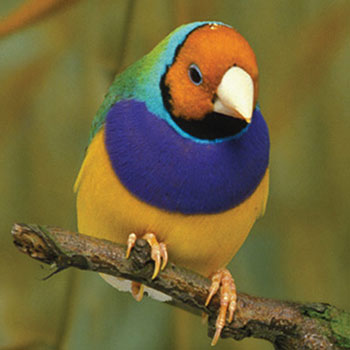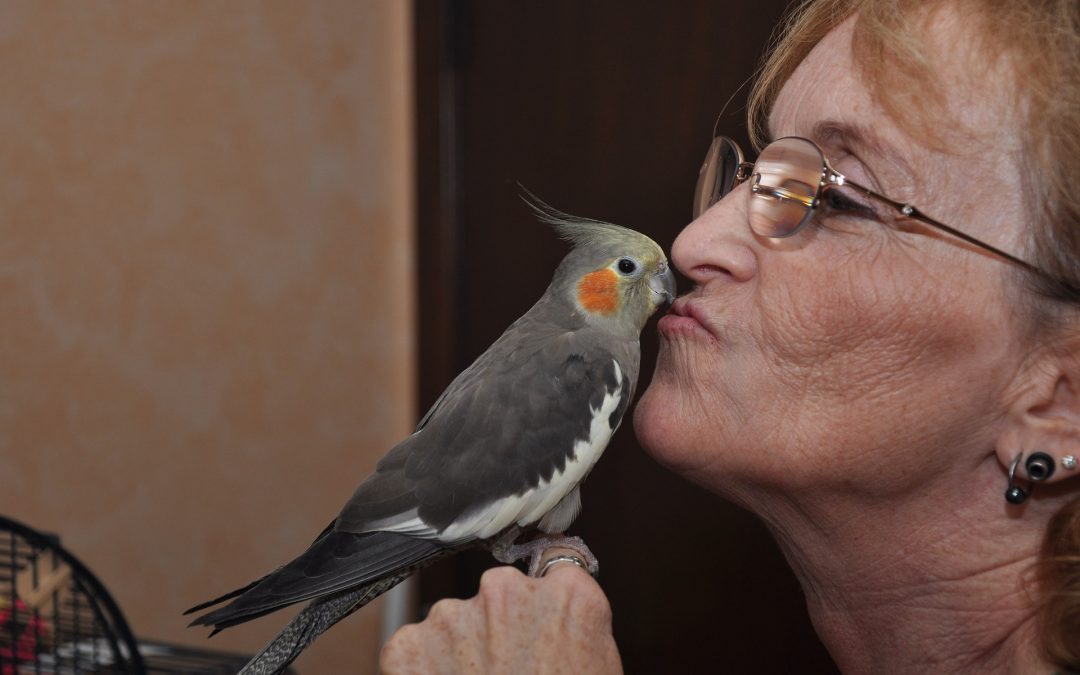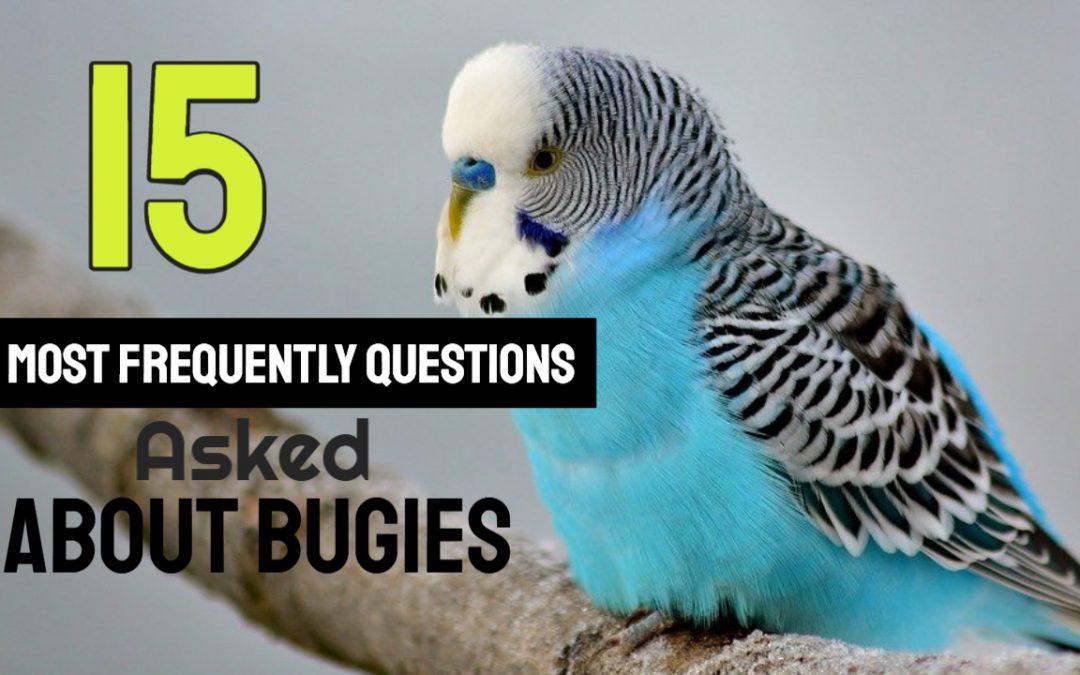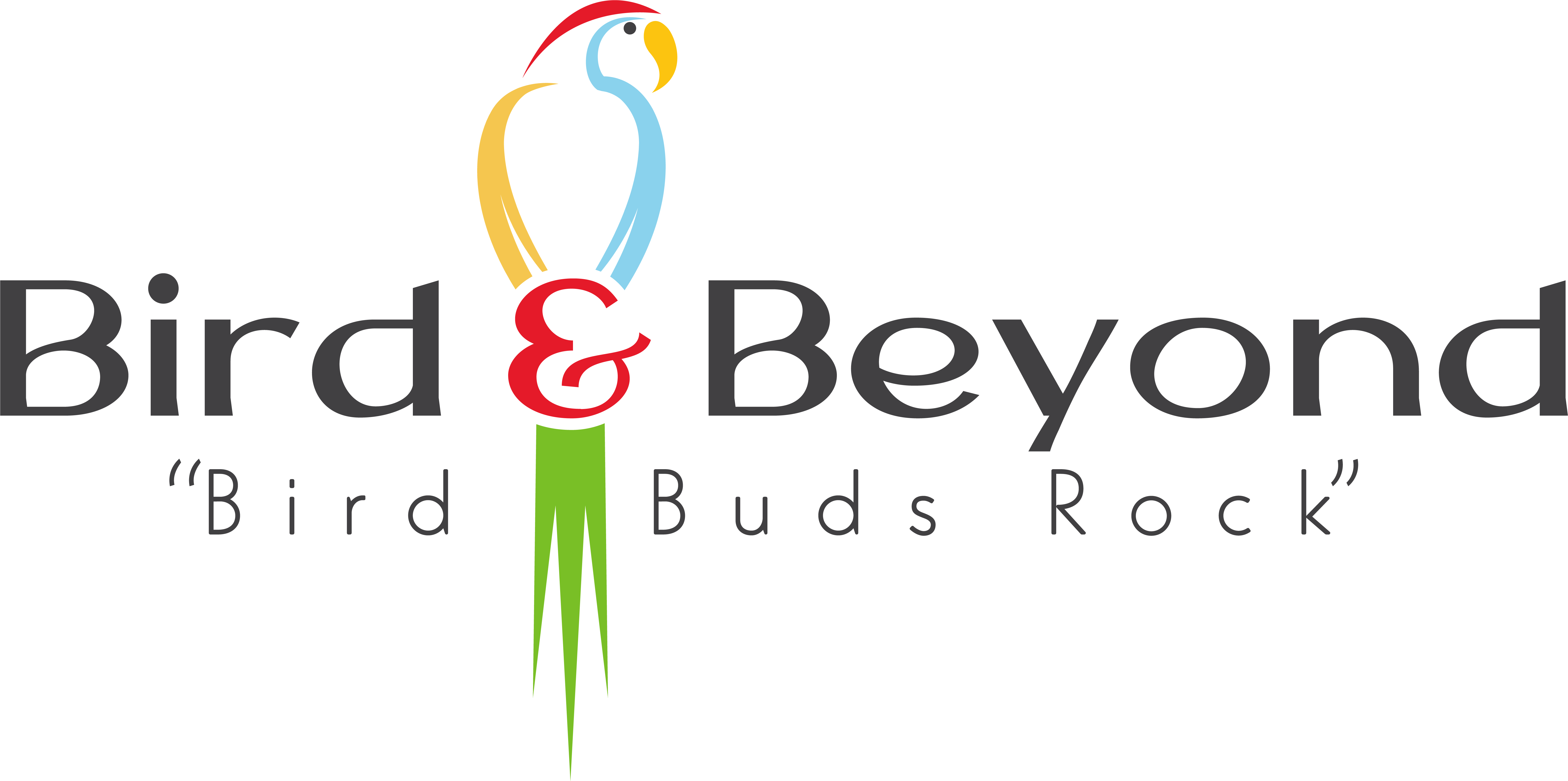Gouldian Finches
LIFE SPAN
5 years
YOUNG
Number of eggs laid: 4 to 8
Incubation period: 14 to 15 days
Age of maturity: 6 to 9 months
SIZE
Length: 5.5 to 6 inches (14 to 15 centimeters)
Weight: .5 ounces (14 grams)

FUN FACTS About Gouldian Finch:
Only the male Gouldian finch sings.
The Gouldian finch is also known as the Lady Gould’s finch, named for the wife of John Gould, a famous 19th century British ornithologist and artist.
Gouldian finches prefer temperatures constantly above 80 degrees Fahrenheit (27 degrees Celsius).
In the 1992 movie Batman Returns, the bird that Catwoman puts in her mouth is a Gouldian finch.

The Gouldian finch is prized primarily for its gorgeous plumage. This small bird is available in a variety of striking, vibrant colors.
The Gouldian finch, also referred to as the Lady Gouldian finch and the rainbow finch, is prized primarily for its gorgeous plumage. It occurs naturally in a variety of striking colors, and is generally differentiated in name by the color of the head. For example, the black-headed, the red-headed, and the yellow-headed Gouldian are some of the available types, though some of the other mutations are distinguished in name by body color. In the wild grasslands of Australia, where they originate, they do not vary as much in color as they do in captivity. There, most Gouldians have a black head, and only a small percentage have a red head. Approximately one percent of wild individuals have an orange head.
In 1841, English ornithologist, John Gould, named these impressive little birds after his late wife, Lady Elizabeth Gould, and decreed them the most beautiful finch in the world. It would be difficult to contradict him. The Lady Gouldian finch looks like a handcrafted statuette, with seamless feathering and brilliant, painterly hues. Six years later the species made its way to Europe, and quickly caught on with pet fanciers.
Gouldian Finch Native Region / Natural Habitat:
* Gouldian finches are native to the grasslands of Australia.
Gouldians were then trapped and exported in large numbers from Australia until the late 1960s. Exporting the birds reduced the population of Gouldians considerably in the wild. Grazing cattle and the creation of farmland further challenged the Gouldian, and today it is estimated that that there are fewer than 2,500 mature Gouldians living in the wild. Fortunately, they are heavily bred in captivity.
Gouldian Finch Care & Feeding:
As with most finches, the Gouldian is a quiet enough bird that peeps and sings a little. They make a pleasant sound that is doubtful to wake you up or create a problem with neighbors, though it is persistent. The granule-sized Premium Daily Diet for finches by Lafeber is perfectly sized for finches and provides optimum nutrition.
Gouldian Finch Personality & Behavior:
Gouldians are pleasant “watching only” birds — they don’t like to be held, and can even panic and die when handled. Stress is deadly for these fragile birds. They are not typically hand-raised (only under emergency circumstances), and will not take well to taming efforts. They are lovely to watch, but not to hold. If properly cared for, these birds are reported to live for more than 4 to 6 years.
Speech & Sound:
Gouldians aren’t the easiest finches to keep, being much less hardy than other popular finches, like the zebra finch and society finch. They aren’t recommended as first birds because they are delicate and can be overcome in extreme temperatures and are prone to a variety of ailments that a novice bird guardian may not recognize until it may be too late.
Gouldians are among the most difficult finches to breed successfully because they are not wonderful parents and have a tendency to abandon both eggs and babies, or even refuse to nest at all. People who raise Gouldians usually keep society finches as well to serve as foster parents for eggs and babies. Societies are marvelous parents and will be happy to foster other species. You can put plastic eggs beneath the Gouldians as the eggs are removed to be placed with the society finches. Some Gouldian pairs do make decent parents, however.
Goulds should be at least a year old before they are bred. They prefer to nest in a small, covered space, like a wooden nest box or covered basket. The box is preferred because the finch can’t accidentally catch a toe in the woven straw, and the box is also easier to access. Gouldians don’t build great nests, so put some material in the nest to get the parents started.
The finches lay between three and six eggs that hatch a little over two weeks after being laid. About three weeks later the babies are ready to leave the nest, and about a week later they are eating on their own. The babies should be served millet spray and eggfood, as well as other soft foods that they can digest easily.
Gouldians are small, but they make great aviary birds and appreciate a large, planted garden setting. If they’re given enough space, they will get along with society finches and zebra finches, but not weavers or whydahs,both of which can be bullies. Finches need a lot of exercise, so their housing should be large enough to allow flight. If the cage is too small, their lifespan will be reduced and the female might not get enough exercise to maintain good breeding condition, resulting in egg binding and even death. Cage bars should be no more than 1/2 inch apart, and the cage should have doors large enough for feeding, watering, and cleaning, but not so large that the finches will escape when opened.
A finch will thrive on a pelleted base diet, such as Lafeber’s Premium Daily Diet specifically designed for finches. These birds are primarily seed-eaters in the wild, so there diet should be supplements with a high-quality seed mix They should also get a rotation of grubs, greens, eggfood, and other veggies daily. They can have a small amount of grit and charcoal in the diet, but not much. A cuttlebone should be in the cage at all times.
Gouldian Finch Health & Common Conditions:
Gouldian finches are prone to air-sac mite infection, especially when overly stressed. This is a serious medical condition that warrants immediately veterinary care. If caught early enough, a finch can be successfully treated. Gouldian finches can also be susceptible to scaly face (a condition caused by a mite that presents as white, scaly areas around the beak/eyes, as well as the legs), which warrants a call to the vet. Finches can also have overgrown nails or beaks, which should be addressed by an experienced bird groomer or vet.
Get a Gouldian Finch
Although there wild populations are at risk, Gouldian finches have been extensively in captivity and, therefore, are readily available in large pet stores, from avian retail stores and through bird breeders.
The Gouldian is dimorphic, meaning that there’s a visible difference between the genders. Males of this species have much brighter plumage than the females, making them easy to tell apart at maturity. Immature Gouldians are a drab, greenish-grey color and look as similar to their parents as an apple does to a banana. It’s difficult to sell them this way because sex and mutation are determined by the colors that emerge after the bird’s first molt, which happens at about four to six months. The babies look worn and ratty while they’re molting, and they are under a great deal of physical stress.
An Australian “jewel”: Gouldian finches are also commonly referred to as rainbow finches or simply Goulds. They are among the most brilliantly colored birds in existence. Not sure what to look for? Look for a community of kaleidoscopic colors, and you have found Gouldian finches!
The Gouldian finch is an extremely attractive and strikingly colorful bird. There are three distinct color variations in the Gouldian finch, with individuals having either a red, black, or yellow head. All have a wide turquoise band across the back of the head, and the nape and sides of the neck are a light green. The finch’s back and wings are a purple-blue. The lower breast, sides of the body, and abdomen are yellow, fading to white.
Adult males have bright purple breast feathers, while adult females’ are a dull purple. Juveniles look completely different from the adults: they are a greenish gray. Once they start to grow their adult feathers, it is pretty obvious if they are males or females.
Do you have companion birds?
Don’t forget to say hello to our birds!!!

Everything you need to now about cockatiel diet
The health and vitality of your Cockatiel depends entirely on the right kind of diet.The perfect diet not only means the right amount but also the right combination ofthe essential nutrients required by your Cockatiel. We need to be even morecareful about the...

13 Fun Facts About Macaws | Bird and Beyond
1. Macaws Can Live More Than 80 YearsMacaws live to be around 60 years in the wild on average, and in some cases this can extend for up to 80 years and even as long as 100 years. When kept as pets, macaws are often known for outliving their owners! In the wild, their...

15 Most Frequently Asked Questions about Budgies
15Frequently Asked Questions.Here are some most common questions about bugies. When people refer to an "English" budgie they are generally talking about a budgie that is significantly bigger than the wild Australian budgerigar and with characteristics and features...

All you need to know about Budgerigar
Budgerigars are among the most popular pet birds for good reason. These charismatic little parakeets are loveable and affectionate. They are easy to tame if they are acquired at a young age and are able to mimic speech like larger parrots. Budgies are easy to care for...

0 Comments